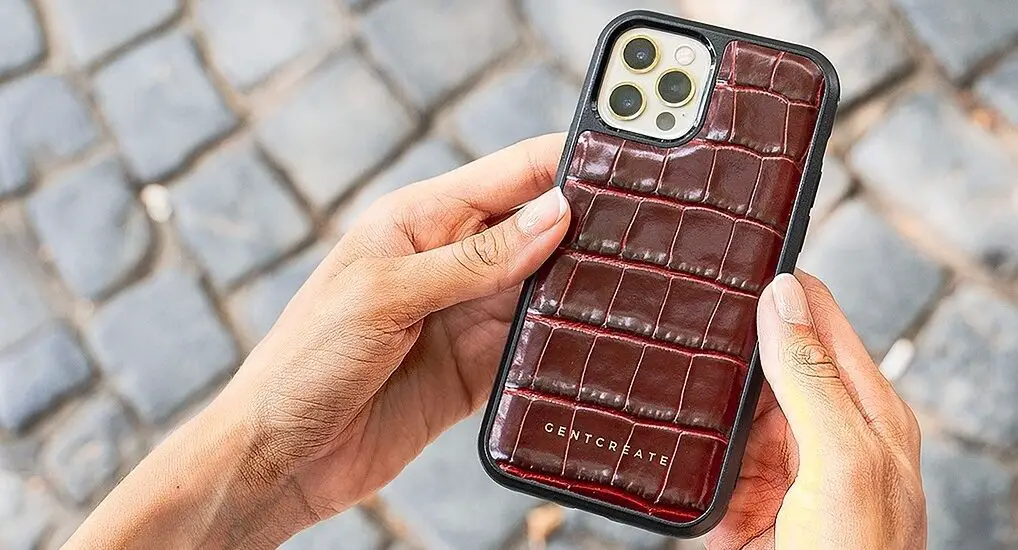Deciding between an iPhone or camera for photography is often a major dilemma for both novice and professional photographers. This article aims to guide you through the essential considerations and practical steps to make the best choice for your photography needs.

Table of Contents
iPhone or Camera for Photography – Which one Should You Choose
Below, we dive into the advantages of iPhones and cameras to help you decide which one you think would be better for you.
Understanding Your Needs
Before making a decision on whether to invest in an iPhone or a camera for photography, you need to be clear about what you aim to accomplish. The purpose of your photography endeavors often dictates the kind of equipment you’ll require.
Casual vs. Professional Photography
If you’re interested in capturing moments spontaneously, sharing them quickly on social media, or doing basic photo editing, an iPhone might be sufficient. However, if you have aspirations to delve into professional photography where quality, image manipulation, and advanced editing are crucial, a traditional camera like a DSLR or a mirrorless model is often the better choice.
Type of Photography
Are you interested in portrait photography, landscape shots, action photography, or something else? The genre of photography can also significantly influence your choice. Professional cameras come with lens variety, making them more versatile for specialized photography like macro shots or capturing high-speed action.
Read more iPhone camera topics here – iPhone Camera: How To, Problems & Solutions
Comparing Quality
Quality often becomes a critical deciding factor when choosing between an iPhone or a traditional camera for photography.
Resolution
Higher resolution means more pixels, and more pixels often mean a clearer, more detailed photograph. If you intend to print your photos, especially in larger formats, resolution becomes very important. iPhones have made impressive advancements in camera resolution, but DSLR and mirrorless cameras still lead the pack, offering sensors that can capture a substantial amount of detail.
Low-Light Performance
iPhones have come a long way in improving low-light capabilities, but traditional cameras still hold an edge, primarily due to their larger sensors. These larger sensors allow for more light to be captured, thus performing better in low-light conditions. Many traditional cameras also allow you to change settings manually to adjust for low light, a feature that is more limited on iPhones.
Convenience and Portability
There’s no contest that iPhones are more convenient. They’re always with you, easy to carry in your pocket, and quick to draw for a spontaneous shot. Cameras, especially high-quality DSLRs or mirrorless models, can be cumbersome and often require you to carry an array of lenses and other accessories in a dedicated bag.
Cost Considerations
Both an iPhone and a high-end camera can put a dent in your wallet. iPhones are becoming increasingly expensive, and top-of-the-line cameras can be even more so. However, if you already own an iPhone, the camera is effectively “free,” making it a cost-effective initial venture into photography.
Learning Curve
iPhones are incredibly user-friendly. If you’re new to photography, you’ll find it easier to start with an iPhone where the focus, exposure, and other settings are largely automated.
On the other hand, a traditional camera will require you to learn the nuts and bolts of photography. Understanding concepts like aperture, shutter speed, and ISO settings are vital for getting the most out of a DSLR or mirrorless camera.
iPhone or Camera for Photography: Final Thoughts
Choosing between an iPhone or camera for photography depends on various factors such as quality, convenience, cost, and your level of expertise. While iPhones offer a convenient and more straightforward way to get into photography, traditional cameras provide more control and higher quality, especially for more experienced photographers.